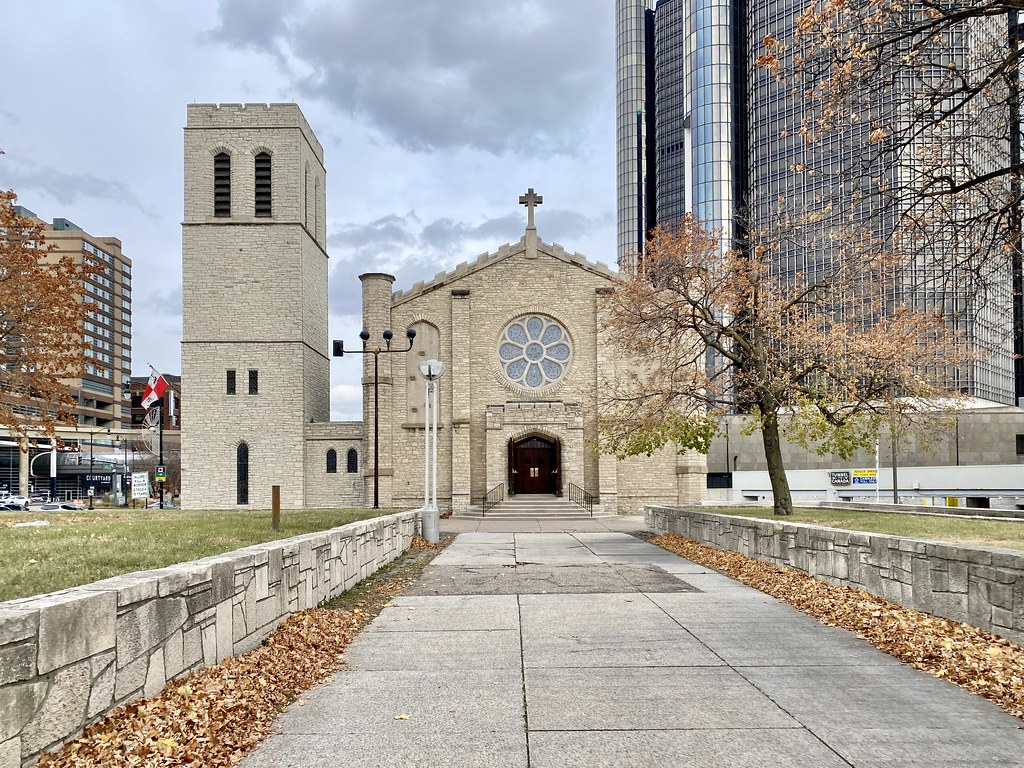Seattle’s Coffee Revolution That Caffeinated a Nation

Before Seattle became synonymous with tech giants, it was quietly brewing a cultural revolution that would transform how Americans consume coffee. The city’s Pike Place Market witnessed the birth of Starbucks in 1971, but more importantly, it fostered an entire coffee culture that prioritized quality over convenience. According to the Specialty Coffee Association, Seattle’s influence helped increase specialty coffee consumption by 300% between 1990 and 2020. The city’s rainy climate and intellectual atmosphere created the perfect conditions for coffeehouse culture to flourish. Today, Americans consume over 400 million cups of coffee daily, with much of that ritual tracing back to Seattle’s pioneering approach to coffee as a social and cultural experience.
Portland’s Urban Planning Blueprint for Sustainable Living
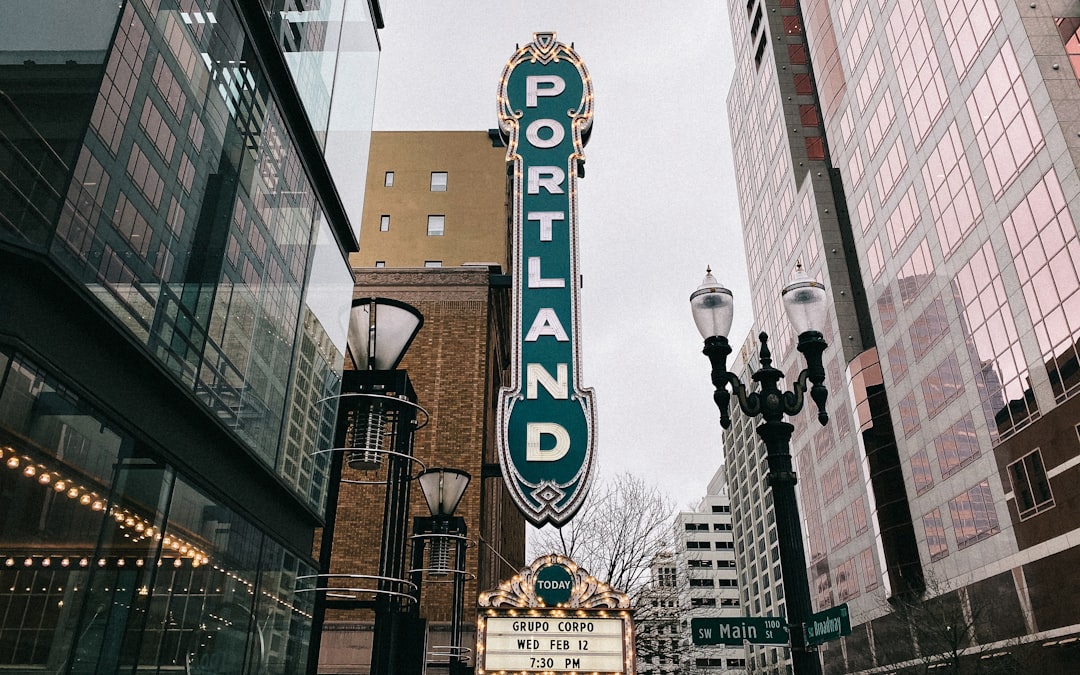
Portland quietly became America’s laboratory for sustainable urban development, implementing policies that cities across the nation now copy. The city established the first urban growth boundary in 1979, limiting sprawl and encouraging dense, walkable neighborhoods that have become the gold standard for city planning. Recent data from the Urban Land Institute shows that Portland’s model has been adopted by over 150 American cities since 2020. The city’s emphasis on public transportation, bike lanes, and green spaces created a template that influenced everything from food truck culture to urban farming initiatives. Portland’s approach to zoning and mixed-use development fundamentally changed how Americans think about city living, proving that environmental sustainability and economic growth could coexist.
Austin’s Live Music Scene That Redefined Entertainment Culture

Austin’s “Keep It Weird” philosophy and live music ecosystem quietly revolutionized how Americans experience entertainment and nightlife. The city’s South by Southwest festival, which started in 1987, grew from a small music conference to a cultural phenomenon that attracts over 400,000 visitors annually. According to the Austin Music Census, the city maintains over 250 live music venues, the highest per capita ratio in the United States. Austin’s model of supporting local artists while attracting major acts created a blueprint that cities like Nashville, Portland, and Denver have attempted to replicate. The city’s influence extends beyond music, shaping food truck culture, craft brewing, and the concept of “creative districts” that now exist in urban centers nationwide.
Detroit’s Resilience Movement That Sparked Urban Renewal
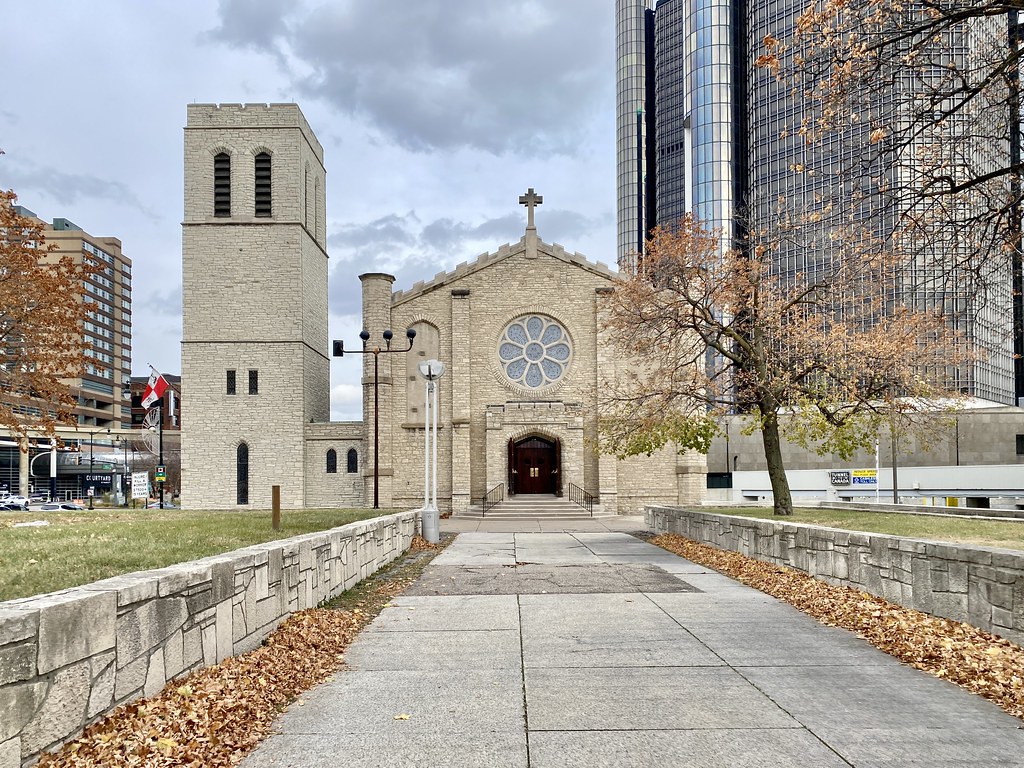
Detroit’s response to economic devastation quietly pioneered urban renewal strategies that are now being implemented across post-industrial American cities. Following the 2008 financial crisis, Detroit’s population declined to 670,000, but the city’s innovative approaches to land use and community development became a model for urban resurrection. The Detroit Land Bank Authority, established in 2008, has demolished over 19,000 abandoned structures while converting vacant lots into urban farms and community spaces. According to the Detroit Future City plan, over 1,400 urban agriculture sites now operate within city limits, producing food for local consumption. Cities like Cleveland, Buffalo, and Baltimore have adopted Detroit’s strategies for managing vacant land and fostering community-led development initiatives.
San Francisco’s Tech Culture That Transformed Work Life
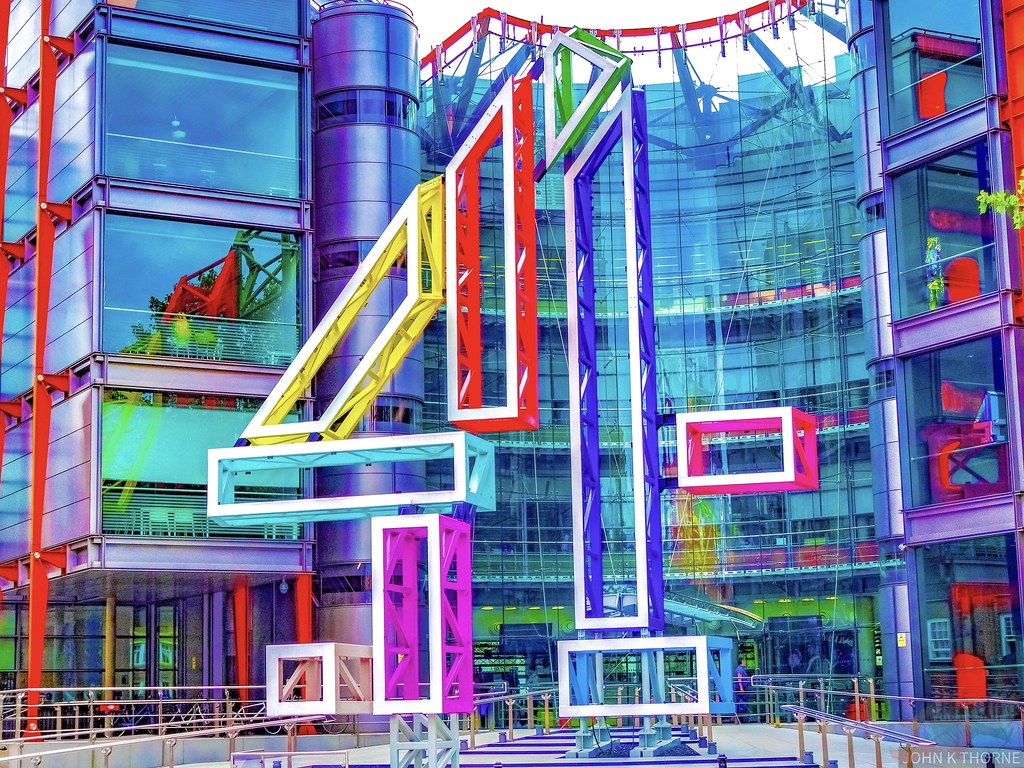
San Francisco’s Silicon Valley ethos quietly rewrote the rules of American workplace culture, influencing everything from dress codes to office design across industries. The city’s tech companies popularized concepts like flexible work hours, remote work options, and office perks that traditional corporations now consider standard. According to a 2024 study by the Society for Human Resource Management, 78% of American companies have adopted at least three workplace practices that originated in San Francisco’s tech scene. The city’s startup culture emphasized innovation over hierarchy, creating flat organizational structures that challenged traditional corporate models. Even non-tech industries now incorporate San Francisco’s approach to employee satisfaction, collaborative workspaces, and results-oriented performance metrics.
Charleston’s Historic Preservation Model That Saved American Architecture
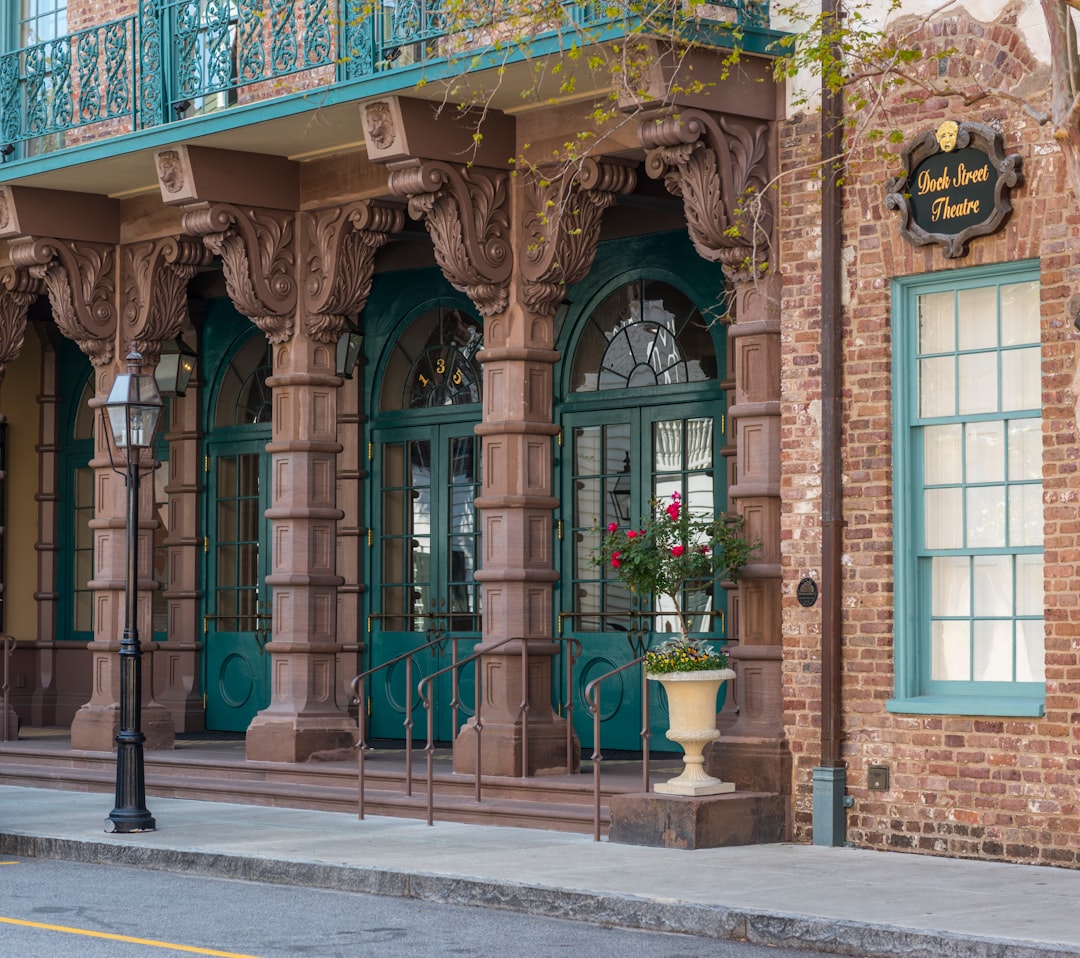
Charleston pioneered historic preservation practices in the 1930s that fundamentally changed how Americans value and protect architectural heritage. The city established the first historic zoning ordinance in the United States in 1931, creating a preservation model that over 2,300 American communities have since adopted. According to the National Trust for Historic Preservation, Charleston’s approach to adaptive reuse and architectural guidelines has saved an estimated 85,000 historic structures nationwide. The city’s emphasis on maintaining authentic character while allowing for modern functionality influenced federal legislation including the National Historic Preservation Act of 1966. Charleston’s preservation philosophy transformed historic districts from declining neighborhoods into vibrant cultural and economic centers, proving that heritage conservation could drive tourism and economic development.
Boulder’s Outdoor Recreation Economy That Launched Active Lifestyle Culture
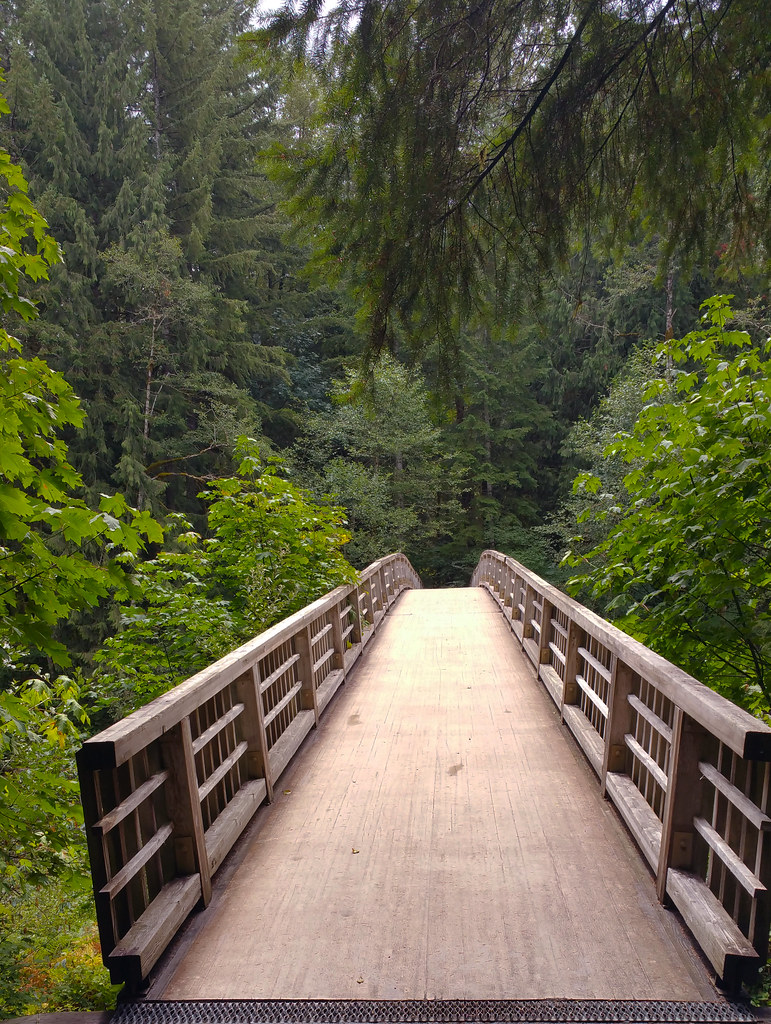
Boulder’s integration of outdoor recreation into daily life quietly established the template for America’s $887 billion outdoor recreation economy. The city’s early investment in open space preservation, with over 45,000 acres of protected land, demonstrated how environmental conservation could enhance quality of life and economic prosperity. According to the Outdoor Industry Association, Boulder’s model influenced over 200 American cities to prioritize trail systems, bike infrastructure, and outdoor recreation access. The city’s culture of work-life balance and outdoor adventure attracted companies like Patagonia, REI, and numerous startups that built entire business models around active lifestyles. Boulder’s approach to zoning that requires developers to preserve natural areas has been replicated in mountain towns and suburban communities across the American West.
Savannah’s Historic Tourism Strategy That Revitalized Southern Cities
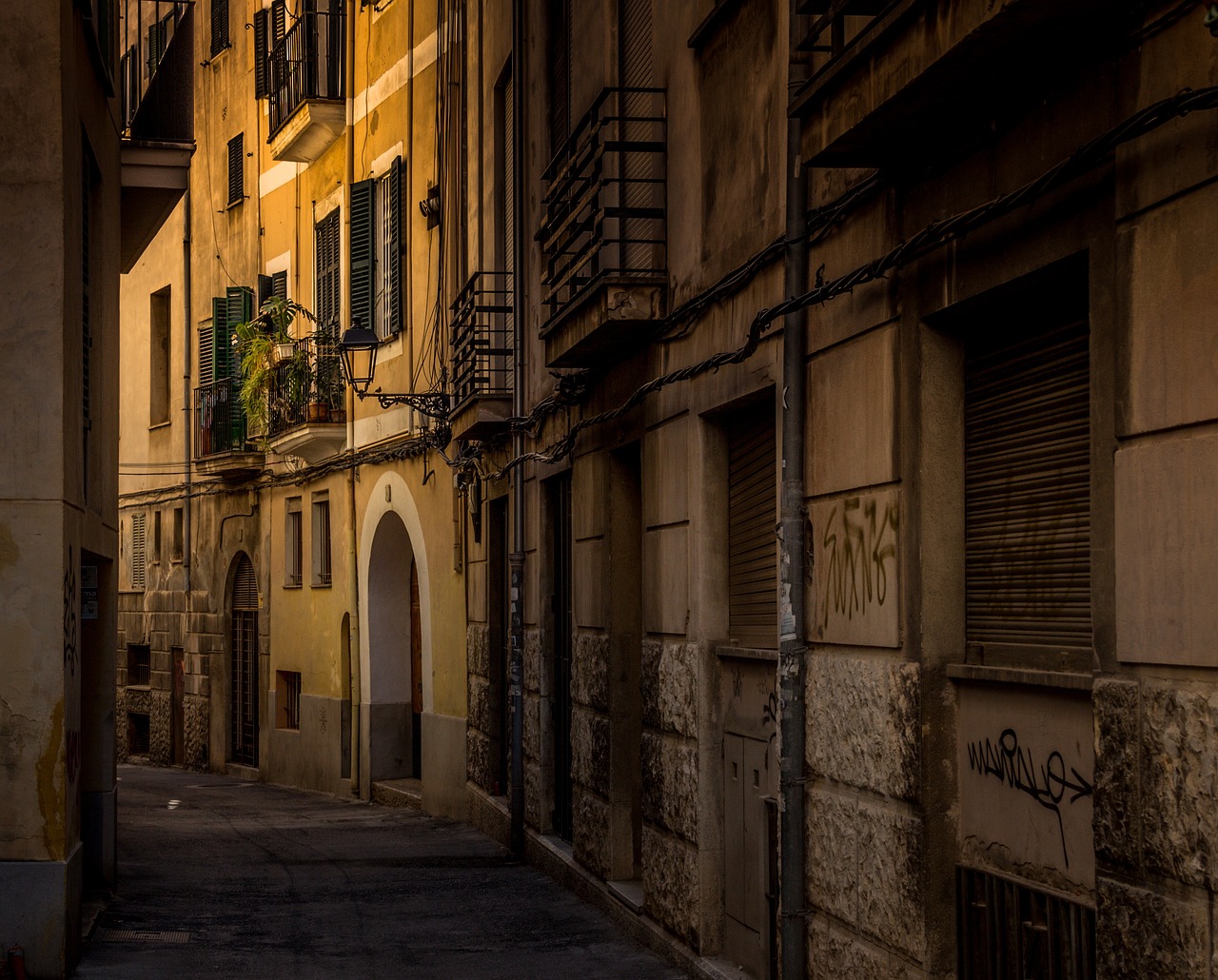
Savannah’s transformation from a declining port city to a thriving tourist destination created a replicable model for historic Southern cities facing economic challenges. The city’s Historic Savannah Foundation, established in 1955, pioneered revolving fund techniques and public-private partnerships that saved over 1,400 historic buildings. According to Visit Savannah’s 2024 economic impact study, tourism now generates over $3.2 billion annually for the local economy, supporting 28,000 jobs. Savannah’s emphasis on ghost tours, culinary experiences, and architectural heritage influenced similar revitalization efforts in Charleston, New Orleans, and Mobile. The city’s approach to balancing preservation with modern amenities demonstrated how historic authenticity could be maintained while accommodating contemporary tourism demands.
Asheville’s Craft Beer Movement That Transformed American Drinking Culture

Asheville’s concentration of craft breweries quietly established the blueprint for America’s craft beer revolution, which now represents 13.2% of the total beer market according to the Brewers Association. The city’s 30 breweries within city limits create the highest brewery-per-capita ratio in the United States, attracting over 1.2 million beer tourists annually. Asheville’s model of combining local ingredients, community gathering spaces, and artistic expression influenced the craft brewing industry’s approach to creating destination breweries. According to the North Carolina Craft Brewers Guild, Asheville’s success inspired the establishment of over 4,000 craft breweries nationwide since 2010. The city’s integration of breweries into downtown revitalization efforts demonstrated how craft beer could serve as an economic development tool for small and mid-sized American cities.
Madison’s Progressive Politics Laboratory That Influenced National Movements
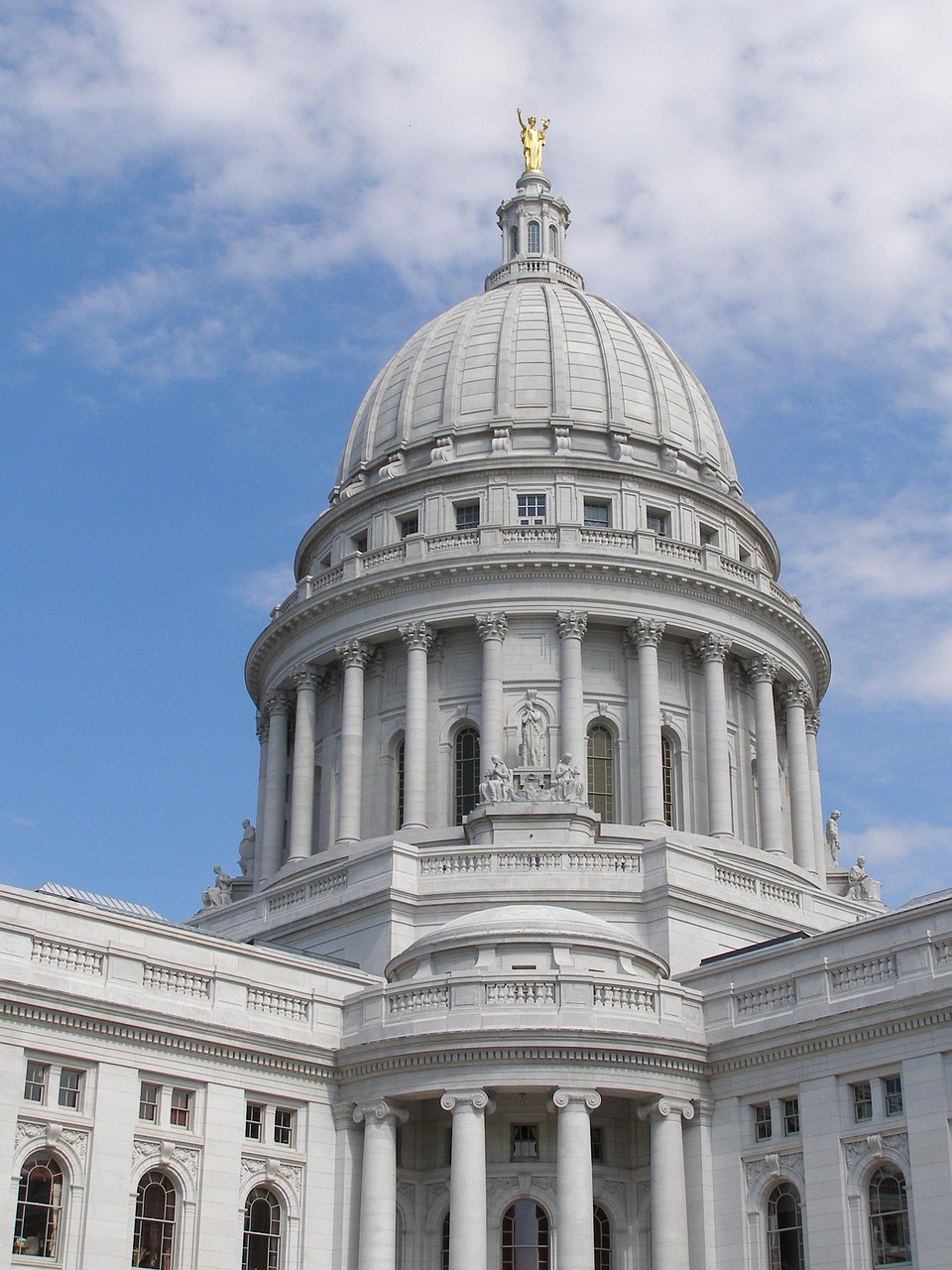
Madison’s role as a testing ground for progressive policies quietly influenced national political movements and policy debates across multiple decades. The city’s early adoption of environmental regulations, LGBTQ+ rights protections, and social justice initiatives provided blueprints for similar policies in cities nationwide. According to the International City/County Management Association, Madison’s participatory budgeting process and community engagement strategies have been implemented in over 100 American cities since 2015. The city’s University of Wisconsin campus served as an incubator for political activism that spread to universities across the country during various social movements. Madison’s approach to balancing academic freedom with community engagement created a model for university towns dealing with similar tensions between institutional and local interests.
Spokane’s Small City Renaissance That Proved Size Doesn’t Matter
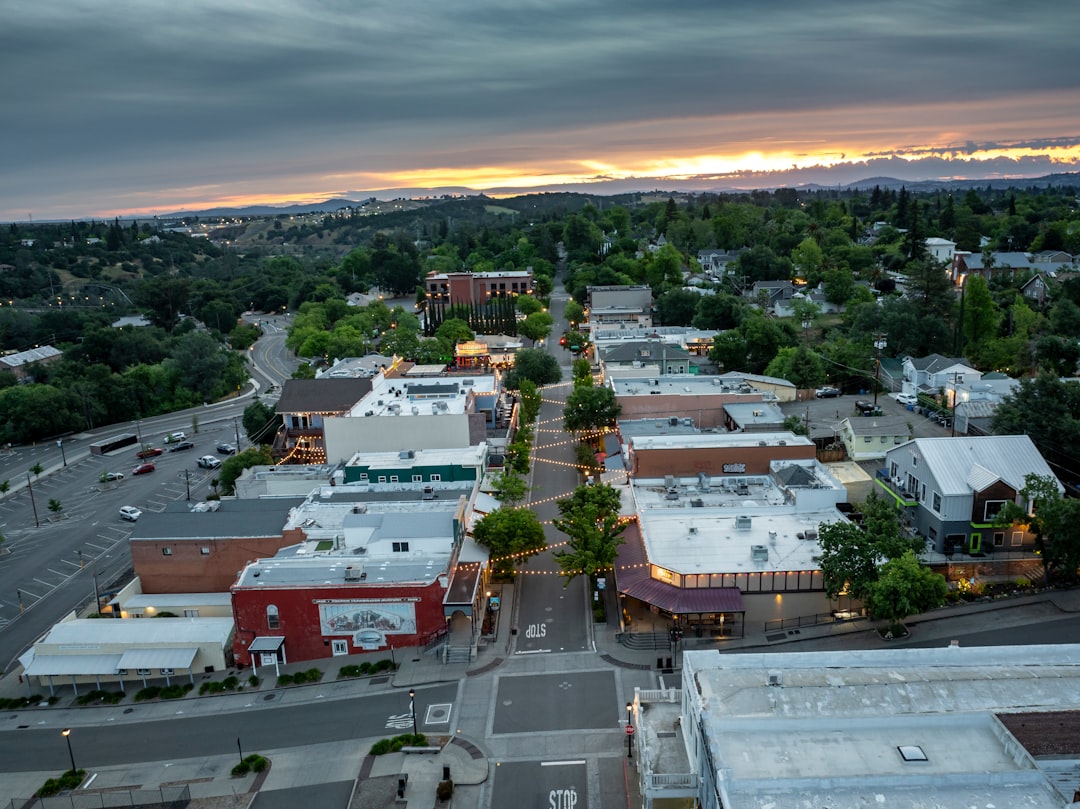
Spokane’s urban renewal efforts demonstrated how smaller American cities could reinvent themselves through strategic investments in culture, recreation, and downtown revitalization. The city’s Riverfront Park, created from abandoned railroad yards for the 1974 World’s Fair, became a model for waterfront development that cities like Grand Rapids and Chattanooga later replicated. According to the Spokane Regional Sports Commission, the city’s investment in sports facilities and outdoor recreation has generated over $200 million in annual economic impact. Spokane’s emphasis on affordability while maintaining urban amenities attracted young professionals and retirees, creating a demographic balance that many similarly-sized cities struggle to achieve. The city’s success in leveraging its natural setting while addressing urban challenges provided strategies that smaller metropolitan areas across the country now employ.
Santa Fe’s Cultural Tourism Model That Preserved Indigenous Heritage
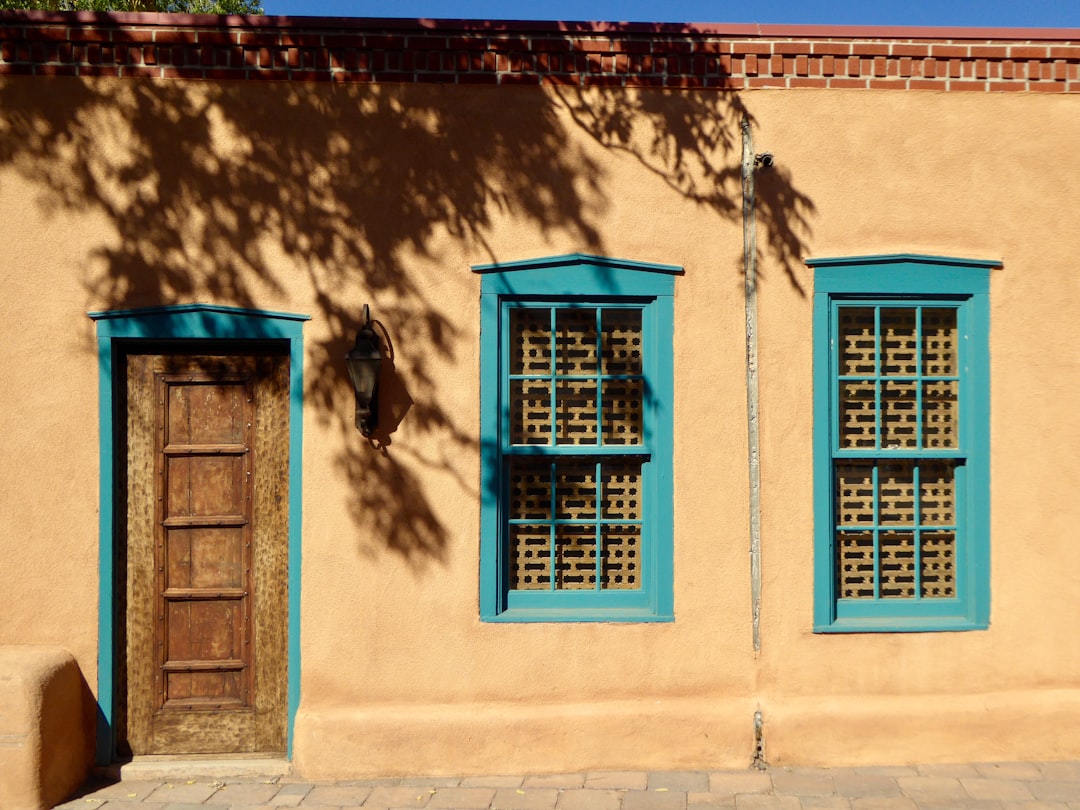
Santa Fe’s approach to cultural tourism created a sustainable model for preserving Native American and Hispanic heritage while generating economic benefits for diverse communities. The city’s strict architectural codes, requiring adobe-style construction since 1957, maintained authentic southwestern aesthetics that attract over 1.4 million visitors annually. According to the Santa Fe Convention and Visitors Bureau, cultural tourism generates $1.8 billion in annual economic impact while supporting local artisans and cultural practitioners. Santa Fe’s integration of Native American art markets, Hispanic cultural festivals, and contemporary art galleries demonstrated how multiple cultural traditions could coexist and thrive. The city’s model influenced heritage tourism strategies in places like Taos, Sedona, and other southwestern communities seeking to balance cultural preservation with economic development.
Cities often gain recognition for obvious contributions like New York’s finance sector or Los Angeles’ entertainment industry, but these hidden cultural influencers shaped American life in ways most people never realize. From Seattle’s coffee culture to Charleston’s preservation methods, these communities quietly established patterns that millions of Americans now take for granted. What surprises you most about how these seemingly ordinary places changed the way we live?

